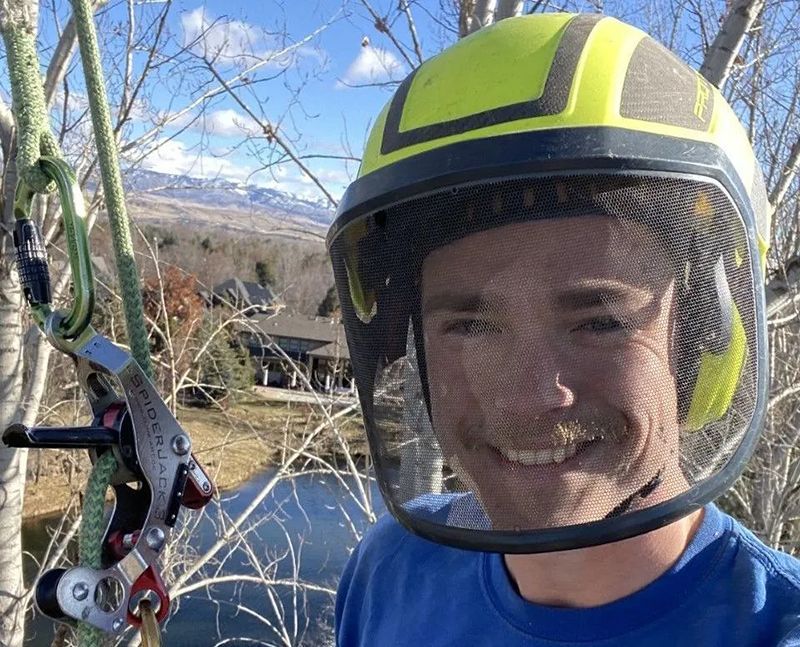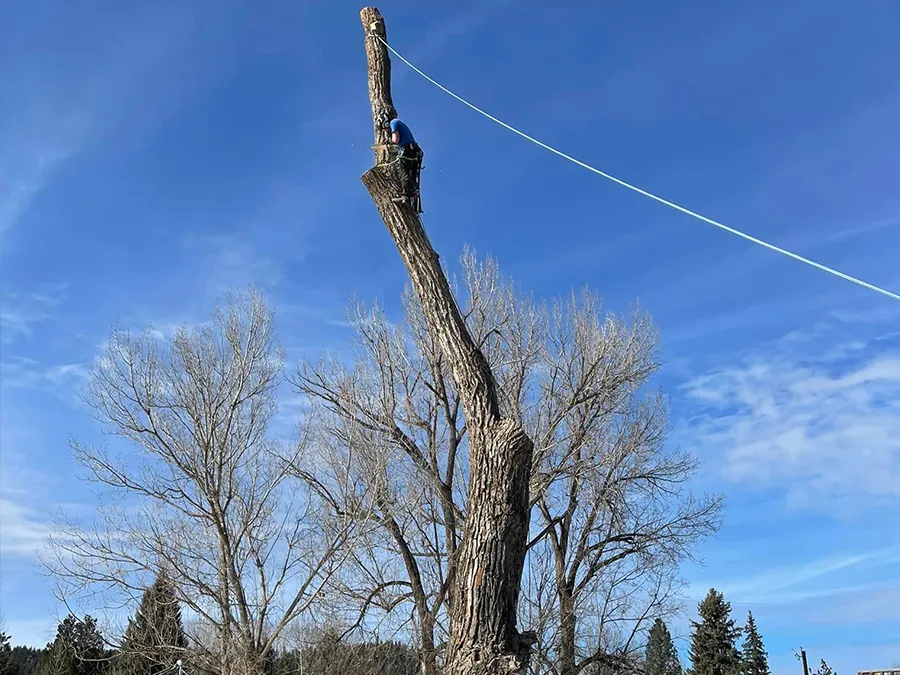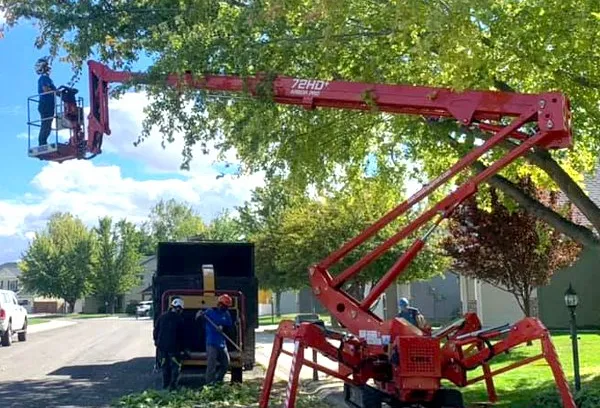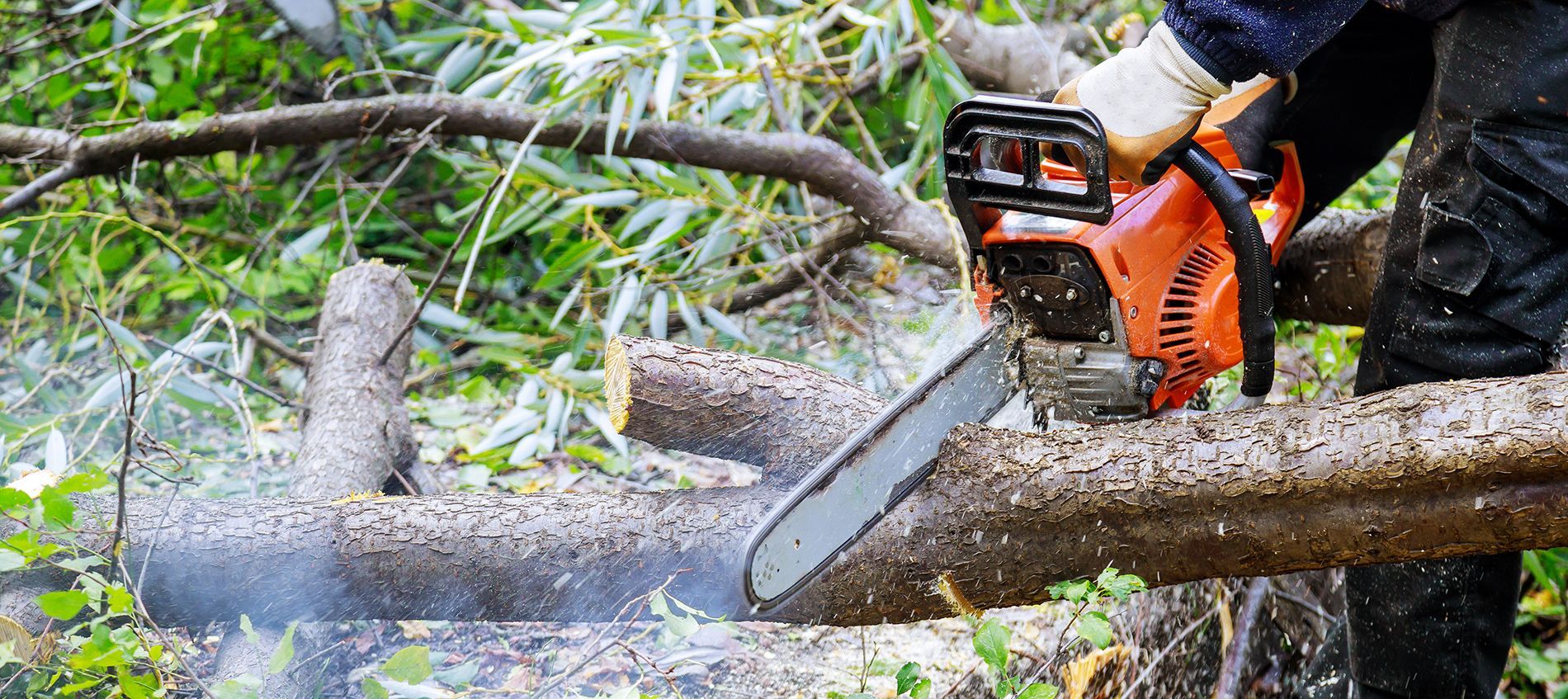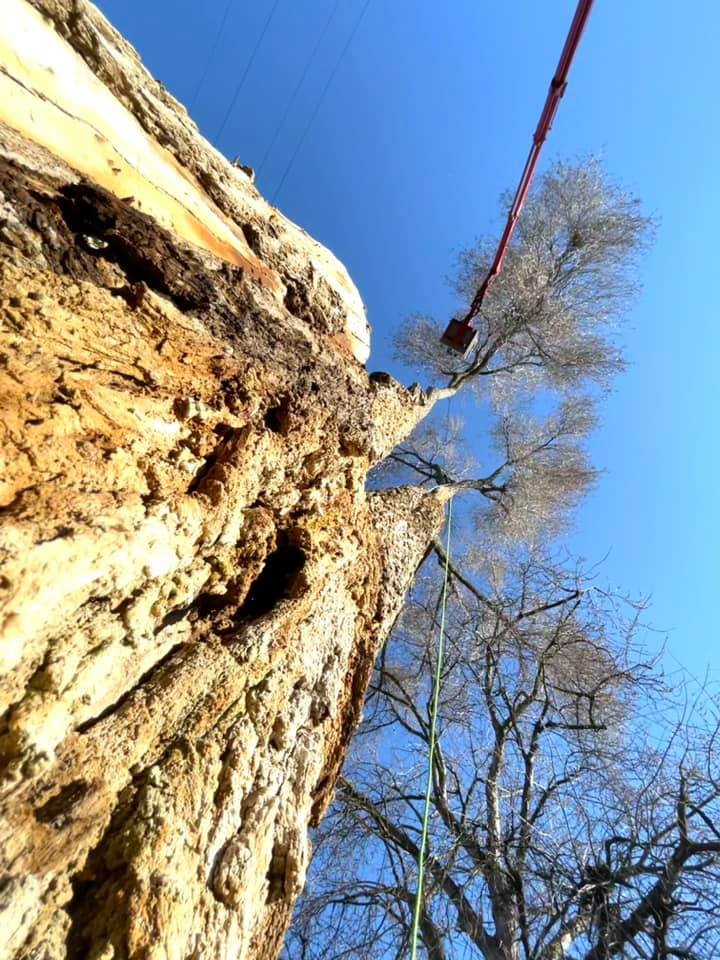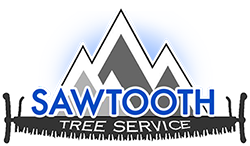4 Indications that a Tree Is a Safety Hazard & Should Be Professionally Removed
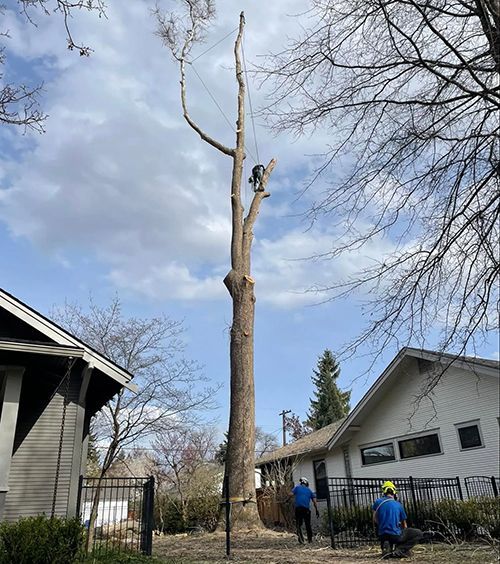
When trees are healthy, they are beautiful landscape features that improve the environment. But in certain situations, trees can become serious safety hazards that are prone to crashing down and causing injuries and property damage. At Sawtooth Tree Service, our local ISA-certified arborists are experts at identifying hazardous trees. Then, as necessary, we can safely cut them down. Here’s a look at four warning signs that your tree is posing a safety risk.
Heavy Leaning
One of the most obvious signs of a potentially hazardous tree is if it is leaning or tilting noticeably. While some healthy trees do grow at an angle, sudden leaning or tilting can be a cause for concern. This may indicate that the tree's root system is compromised, either due to soil erosion, disease, or structural issues. Also, trees that lean towards structures such as homes, power lines, or roads pose an increased risk and should be inspected promptly by a professional arborist.
Cracks or Splits in the Trunk
Cracks or splits in a tree's trunk can weaken its structural integrity, making it susceptible to failure. Cracks/splits may result from various factors, including storms, extreme weather conditions, or disease. Also, the presence of decay or fungal growth around these areas can further indicate underlying issues that require immediate attention.
Root Damage or Exposed Roots
A tree's root system is essential for stability and nutrient uptake, so any damage to the roots can compromise its overall health and safety. Signs of root damage include exposed roots, soil erosion around the base of the tree, and heaving soil. Construction activities, soil compaction, or even nearby excavation work can injure tree roots and weaken their anchoring ability.
Dead or Diseased Branches
Dead or diseased branches pose significant risks if they were to fall. These branches are more prone to breakage, particularly during storms or high winds, and can cause damage to property or injure individuals below. Signs of dead or diseased branches include lack of foliage, discoloration, and brittle texture. Regular pruning can help mitigate this risk, but if a tree has a significant amount of dead or diseased branches, it may be safer to have it removed by a professional arborist.
Tree Removal in Boise
When you need
an arborist in Boise and the surrounding area, contact Sawtooth Tree Service at
(208) 268-8199. Feel free to give us a call today to arrange a free arborist estimate in Boise!


